Hidden Gems from the Hills: The Culinary Treasures of Uttarakhand
Every year thousands of people flock into Devbhoomi Uttarakhand, to find their own version of salvation. These trips could range from a simple weekend getaway to a meditative quest for enlightenment. One simple yet certain way of partaking in the divine aura of the land is its food. In the Chandogya Upanishad, sage Uddalaka in an attempt to impress upon his son Shvetaketu the importance of food, asks him to abstain from eating for a period of 15 days. He also advises Shvetaketu to continue drinking water (as it is essential for sustaining one’s prana or breath). At the end of 15 days, the son is asked to recite the Vedas. Shvetaketu is bewildered to discover that he is unable to recollect any of the hymns. It is only after he quells his hunger that his knowledge and scholarship are restored. Uddalaka then explains to a puzzled Shvetaketu that it is food that sustains the mind. The moral of the story is that a trip to the land of Gods is perhaps incomplete without relishing the sublime flavours of the region.
The state of Uttarakhand is defined by its unique topography. On the north-west lies the state of Himachal Pradesh and on the south-west lies the state of Uttar Pradesh; to the north-east is Tibet and on the south-east lies Nepal. The dominant geographical feature of the region is the Himalayas, and the climate of the region varies according to elevation. The northernmost part of the state includes a portion of the Greater Himalayas. Adjacent to it on the south are the Lesser Himalayas. To the south of the Himalayan foothills is the Sivalik range. Dun is an open valley with rich ecological diversity located between the foothills of the Himalayas and the Sivalik range. The southernmost part of the state covers a portion of the Terai belt, a lowland, rich in alluvial soil. Uttarakhand has two chief administrative divisions: the northwestern portion known as Garhwal and the south-eastern as Kumaon. The two territorial divisions also coincide (more or less) with historical kingdoms of the same names and possess distinct cultural and ethnic features.
A large portion of the landscape of the state is covered by mountains, forests and wastelands, leaving only a small percentage for cultivation. Agriculture is driven by subsistence rather than the economy, and is primarily rain-fed. Yet, the land is mostly fertile. Terrace farming is practiced in the hilly areas where the land is susceptible to erosion. A mixed cropping pattern (the practice of cultivating one or more crops on the same field) is an important means of ensuring food security. The chief crops grown in the region include wheat, rice, a variety of millets, different kinds of pulses, chickpeas, soybeans, mustard and various kinds of fruits. Wheat, which is presently the highest cultivated crop of the region, was in fact a late entry to the agrarian basket. Traditionally, the starch content of the diet came primarily from grains such as mandua (finger millet) and jhangora (barnyard millet). These crops are highly nutritious and traditional croppers often regret the way wheat has encroached upon the daily diet of the region. During the summers, pulses such as moong, malka, arhar and chana are preferred. Winters are marked by the use of heat inducing pulses such as urad, gehat, rajma and pahadi toor. A specialty of the region is bhatt, a local variety of soybean. An important part of the diet is a variety of leafy greens. Wild edible plants are also a significant part of the culinary basket (such as wild mushrooms or cheuns) and the knowledge of identifying them is traditionally passed on from one generation to another.
A typical Pahari meal is a wholesome platter of comfort and goodness. It consists of rice, roti, a sabzi or two of seasonal vegetables, daal and chutney. Lentils occupy a special place in the cuisine and different varieties are patronized depending on the season. A special feature of this region is that lentils are usually soaked overnight and then ground into a fine paste, traditionally using a silbatta (grinding stone), before being cooked into delectable daals (and not boiled and then tempered as elsewhere). Seasonal vegetables such as lauki, todi, mooli and kaddu are lightly tempered with mustard oil and jakhiya seeds, a mustard-like seed with a nutty crunch. Such light sautéing helps to retain the real flavours as well as nutrients of the vegetables. Another traditional ingredient used for tempering is a chive-like herb known as jambu. As the production of pulses is low in certain areas of the state, daals are often replaced by a gravy-like preparations of vegetables. Such diversification, i.e., the use of certain recipes as a substitute for foods that have low production, is a special feature of the region. On the other hand, food items that are produced in abundance are often sun-dried and stored to last through the cold winter months marked by scarcity. Leafy greens are lightly fried, or boiled and converted into a paste for preparing more complex dishes. A leafy specialty of the region is bicchoo ghas (stinging nettle) also known as kandalee in Garhwal and sisun in Kumaon. This plant is known for its medicinal qualities and believed to treat various ailments of the stomach. Other favoured leafy greens are: tukulu (tender pumpkin leaves), patyud (colocassia leaves), rai ke patte (mustard greens) and mooli ke patte (radish leaves).
The cuisines of Garhwal and Kumaon differ only slightly from each other, and it is the similarities rather than the differences that are more significant. Often, the same dishes are known by different names in each region. One of the most loved Pahari dishes is Kafuli (also known as Dhapdi in Garhwal), a green delicacy of the state which is eaten as a part of the main course. Spinach and fenugreek are first boiled and then blended and ground to form a puree-like paste. This mixture is then tempered with mustard oil, asafoetida, onion and garlic and seasoned with spices like turmeric, coriander and cumin. At the end, rice flour is added to the mixture to impart a thick consistency. Kafuli is traditionally served with Mandue ki Roti. Mandua (finger millet) or ragi is a highly nutritious crop that is rich in protein, calcium, minerals and fiber, and grows naturally in the Himalayan region. Mandua flour is also used to prepare a quick dish called Baadi in which the flour is added to boiling water and garnished with ghee. Protein rich dishes are prepared in the region using a variety of pulses. Phaanu is a wholesome dish prepared either out of gehat (horsegram) or arhar.
The pulses are soaked for a few hours and then ground into a fine paste. A part of the paste is made into cutlets and lightly seared in hot oil. The remaining part of the paste is tempered in mustard oil or ghee and spices, and simmered into a gravy. Finally, the cutlets are added to the gravy. Chainsoo prepared with urad is another traditional gravy dish wherein the pulses are first roasted and then ground to powder, before tempering it with oil, garlic and whole red chillies. A regional specialty of Uttarakhand is Bhatoni which is also known as Bhatt ke Dubke in Kumaon. It is prepared by tempering ground bhatt (local soybean) with oil and spices, and simmering it over a low flame till it attains a thick consistency. The dish is traditionally cooked in an iron kadhai or skillet which lends it its characteristic dark greenish colour. One of the signature dishes of Uttarakhand is Kandalee ka Saag. To prepare this dish, the tender leaves of the kandalee plant are procured using a pair of chimta or tongs (as the plant is covered in tiny stingy thorns).
The leaves are boiled until they become pulpy. Thereafter, the saag is tempered in mustard oil along with jakhiya seeds and whole red chillies. In Uttarakhand, the winters call for special dishes that are designed to keep the body warm. One such dish is Thechwani, prepared using Pahari mooli or local radish and potato. The radish is crushed and sautéed along with potatoes in ghee and jakhiya seeds and a mélange of spices. Another winter delicacy is Rus, prepared out of an assortment of lentils such as urad, black beans, kidney beans and channa. For preparing this dish, the lentils are first soaked overnight in water and then ground to form a paste. The ground paste is mixed with water and boiled. Thereafter, For preparing this dish, the lentils are first soaked overnight in water and then boiled. Thereafter, the stock is separated from the daal, mixed with rice flour and tempered with ghee and spices.The leftover boiled lentils (separated from the stock) are used to make delightful badis or cutlets.
A Pahadi meal is deemed incomplete if not accompanied by the delectable chutneys and side dishes that the cuisine has to offer. Kumaoni Raita, prepared out of Pahadi or local cucumber, is a popular accompaniment during summers. A famous delicacy of the region is Bhang ki Chutney. To the uninitiated, the name of the dish may arouse considerable curiosity as the bhang or hemp plant is known for its intoxicating and hallucinatory properties. Hemp seeds are, however, safe to consume and packed with the goodness of amino and fatty acids. To prepare this lip-smacking chutney, bhang seeds are first roasted and then ground with green chillies, coriander and mint leaves. This chutney with a nutty texture is a wonderful accompaniment to rotis and parathas. Another regional delicacy is Chulu (apricot) ki Chutney, which is prepared by grinding the flesh of half-ripe apricots with garlic, mint, chillies and salt. In Uttarakhand rotis and parathas are also often consumed with pisi loon- rock salt ground with herbs and spices. This piquant side dish, apart from being loaded with flavours, is also packed with micro-nutrients. Traditionally, pisi loon is a favoured accompaniment to rotis during the lean winter months when vegetables are scarce. Daindoosa is a variety of pisi loon which is prepared by grinding rock salt, mustard seeds and red chillies together.
The cuisine of Uttarakhand is primarily vegetarian. However, non-vegetarian dishes are also infrequently included in the Pahari menu. Goat meat is generally preferred. When an animal is slaughtered for meat, the aim is to make use of all the possible edible parts. Bhunni or Bhutwa is a unique Garhwali dish prepared out of the intestines, liver, stomach and blood of a goat. All of these organs are thoroughly washed with warm water to get rid of any undesired smell. These are then cooked together in an iron kadhai with select spices till the organs melt and blend well with each other. Meat is also cooked in mildly spicy and tangy gravies which involve onion, tomato, ginger, garlic and spices.
The desserts of Uttarakhand too exhibit the earthy flavours of the region. Jhangora ki Kheer, a pudding prepared out of Jhangora or barnyard millet, is a highly nutritious sweet delicacy. Barnyard millet is one of the oldest crops known to mankind and grows naturally in the Himalayan region. Another unique dessert is Singori which is believed to have originated in the Almora region. A Singori is essentially khoya and grated coconut wrapped in an aromatic leaf known as maalu, native to the region. Another specialty of the Almora district is Baal Mithai: a dark brown fudge prepared out of khoya and cane sugar. The sweet is covered with sugar pearls which lend it an exquisite look. Meetha Gulgula is another delightful sweet prepared out of wheat flour and jaggery. Gatherings and festivities call for their own repertoire of sweets and delicacies. Arsa, dumplings prepared out of gud (jaggery) and rice powder, are a must at weddings. Meetha Bhaat or Khuska, i.e., rice cooked with jaggery and ghee is another indispensable part of the wedding menu. This dessert is prepared with a Pahadi rice (a local variety of red rice) that imparts it a unique sticky and husky flavour to the dish.
Modern developments such as large-scale migrations from the hills to the cities, abandonment of agriculture and erosion of traditional methods of cooking have all impacted the culinary culture of Uttarakhand. The ethnic dishes of the region reflect a deep dialectical relationship between humans and their immediate environment. Lately, there have been attempts to revive the forgotten foods of the land by various NGOs and self-help community groups that not only encourage the production of traditional culinary items but also showcase these to the outside world. The tourism industry of the region has also been quick to tap the potential of ethnic cuisine to boost the hospitality sector. Many resorts and home-stays of the region now offer the option of ethnic dishes on their menus to provide travelers with an opportunity of acquainting themselves with the nourishing flavours of the region.
 Government of India
Government of India































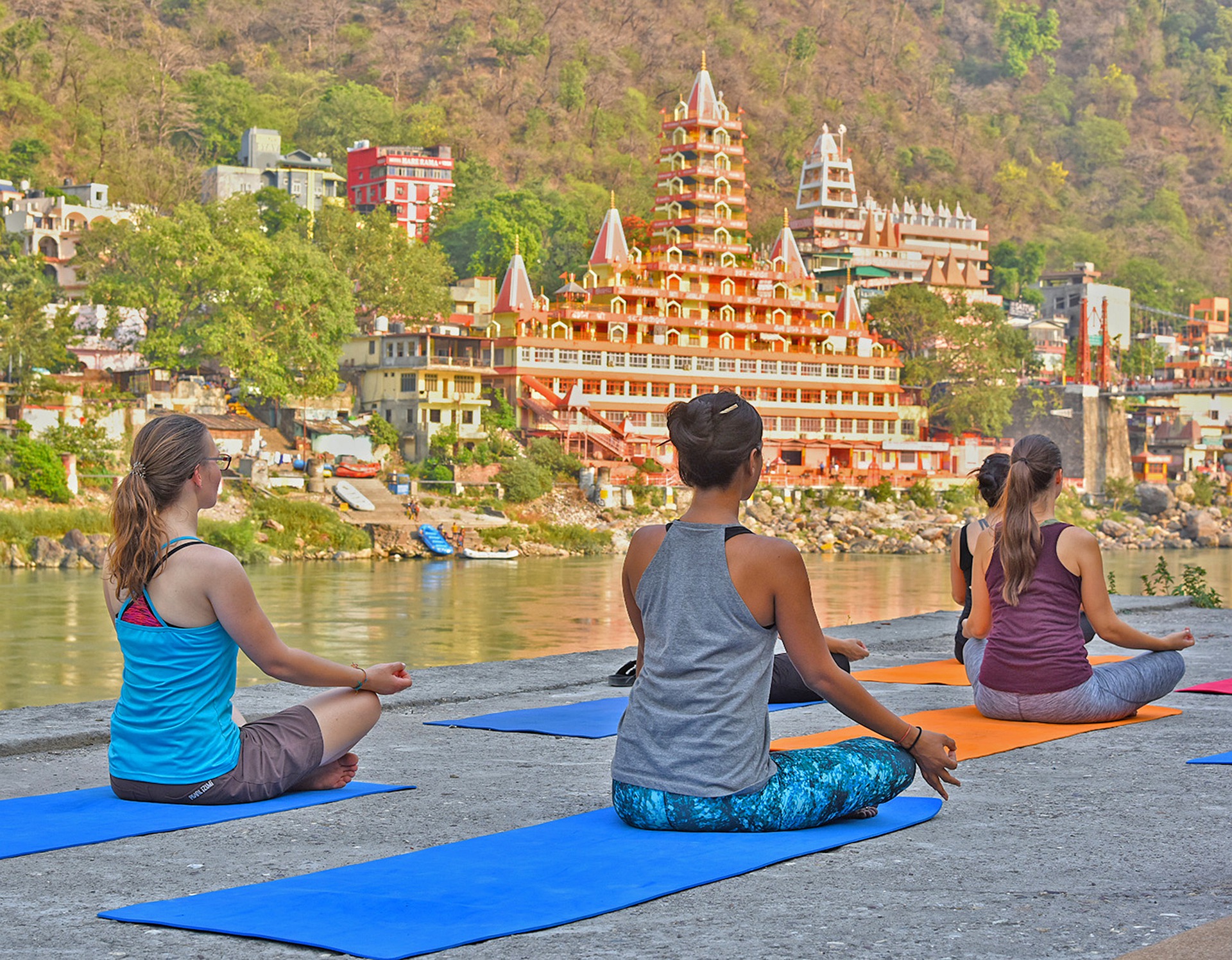
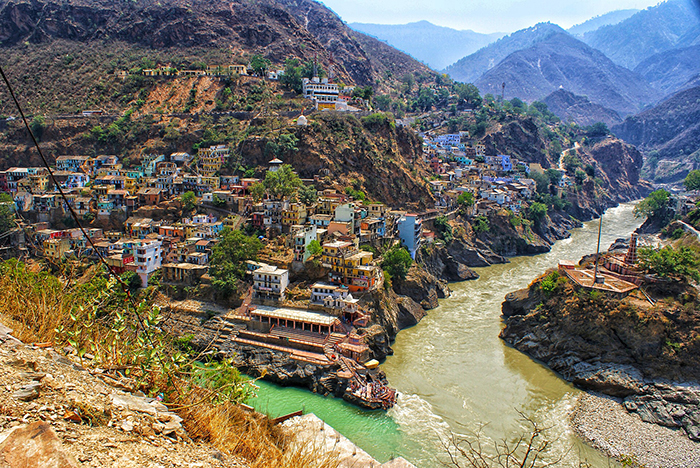
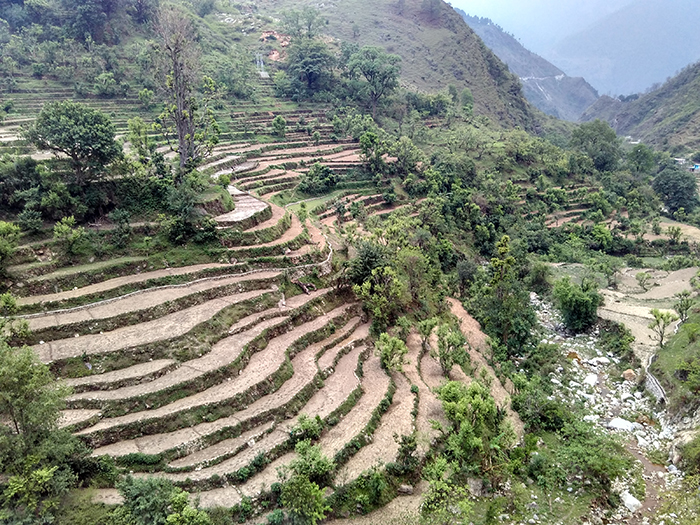
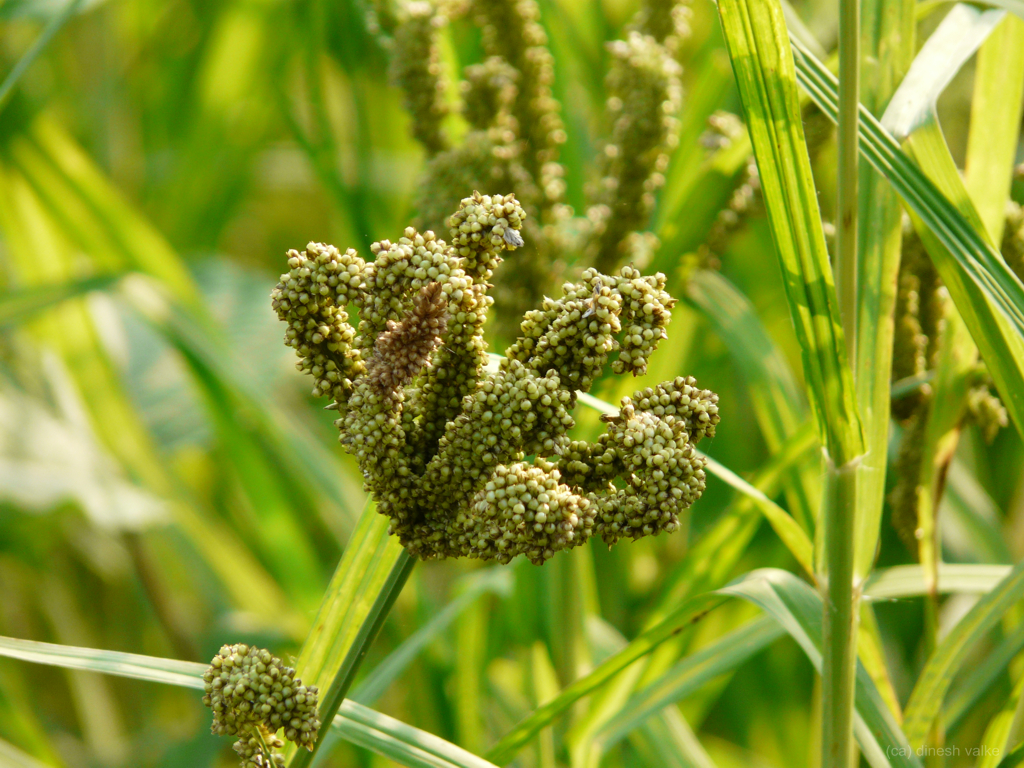
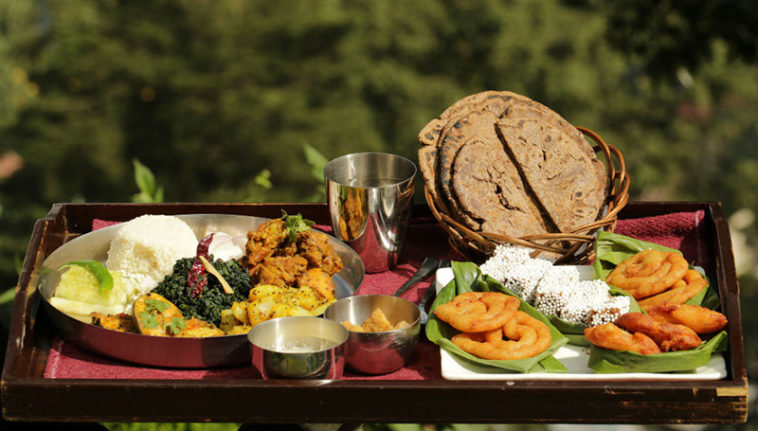
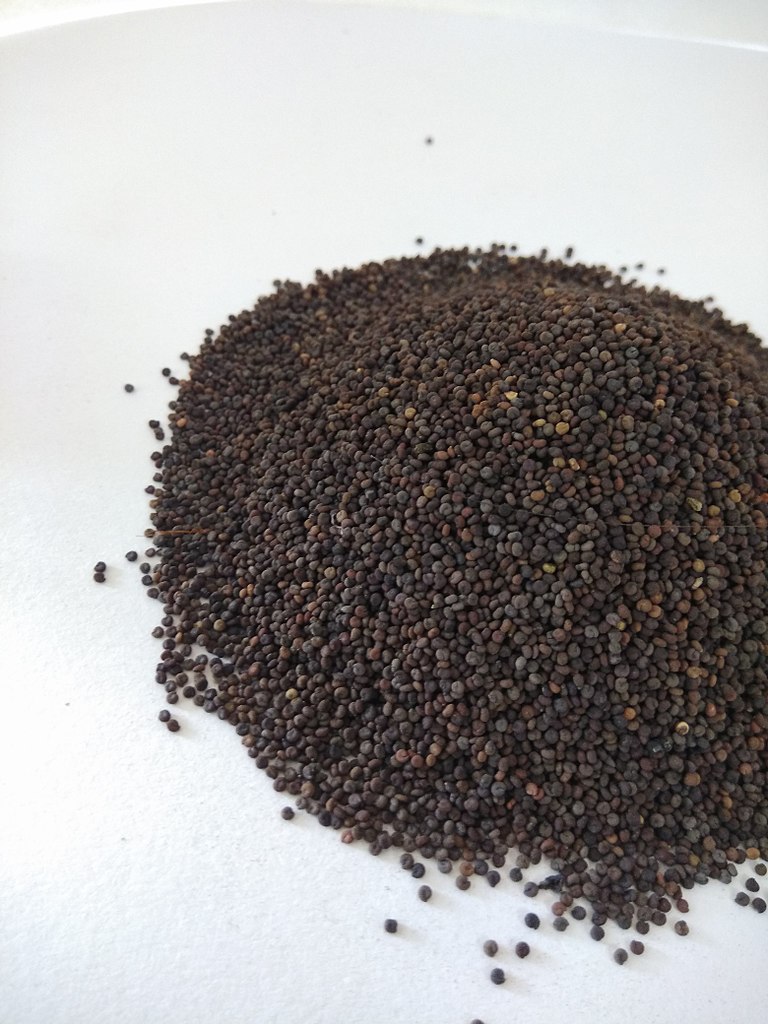
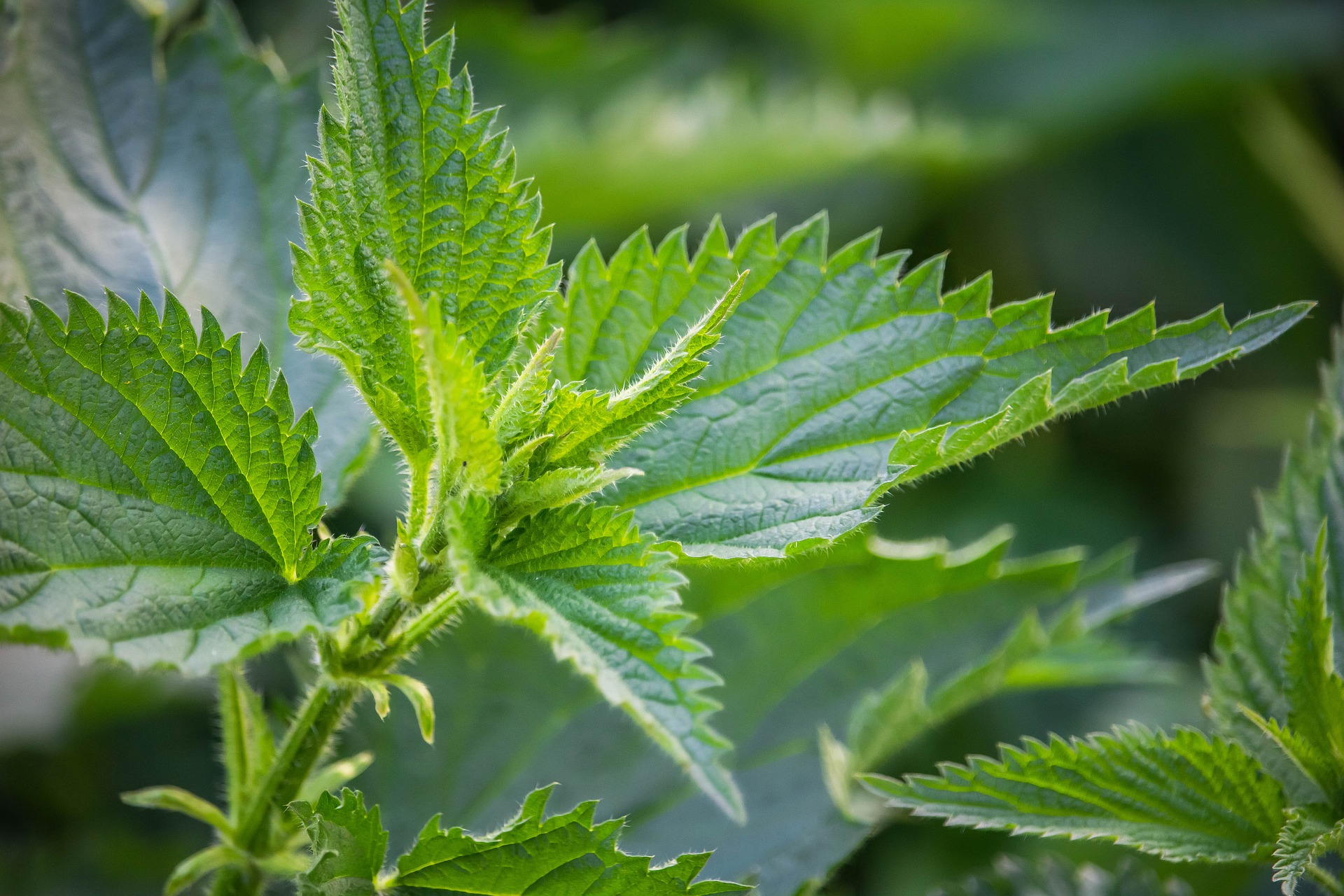
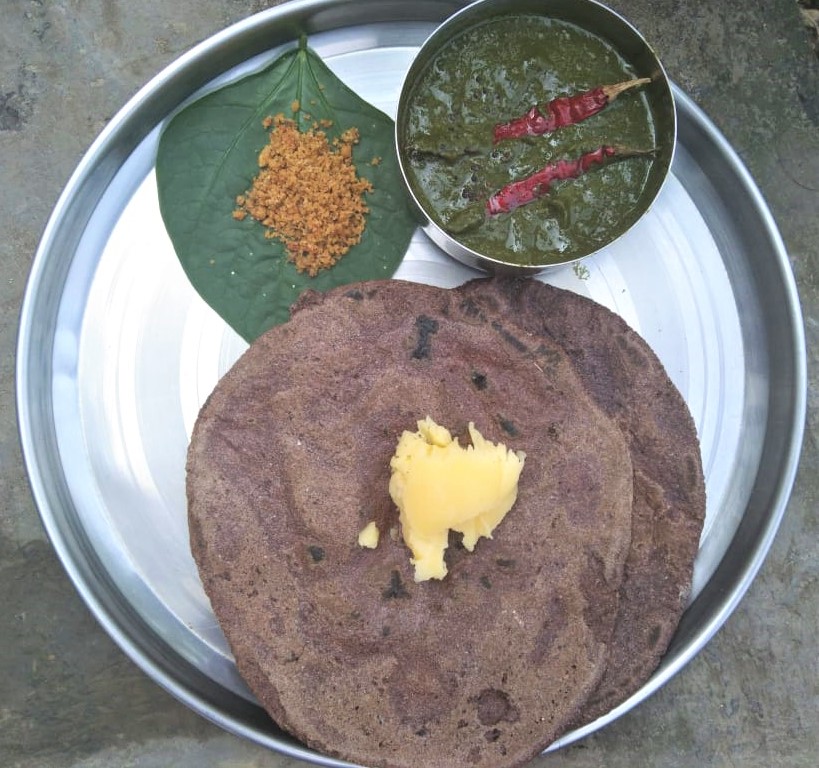
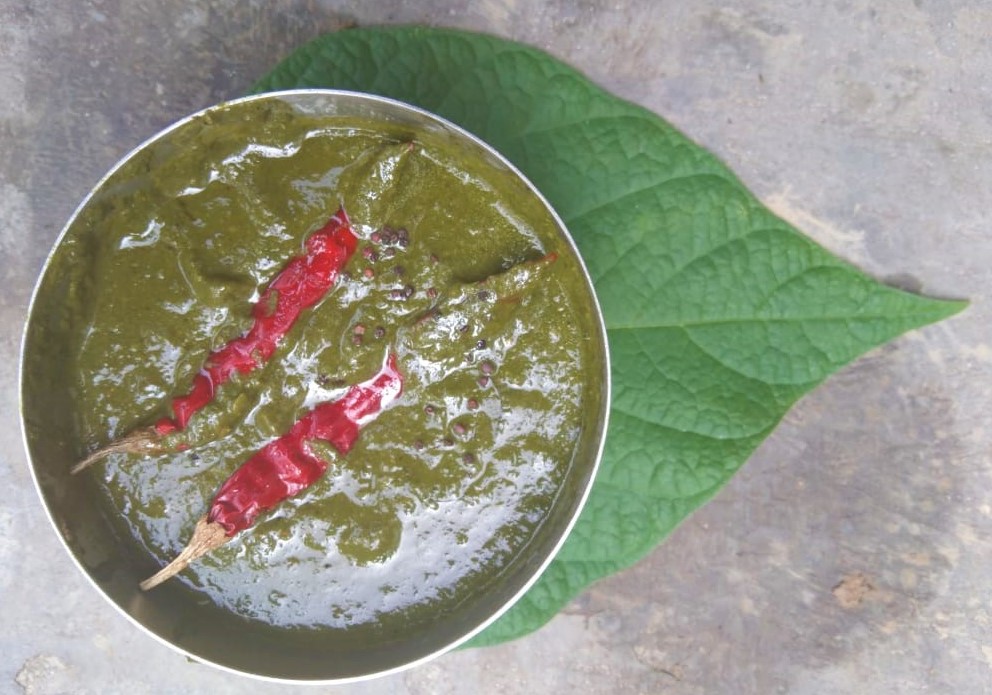
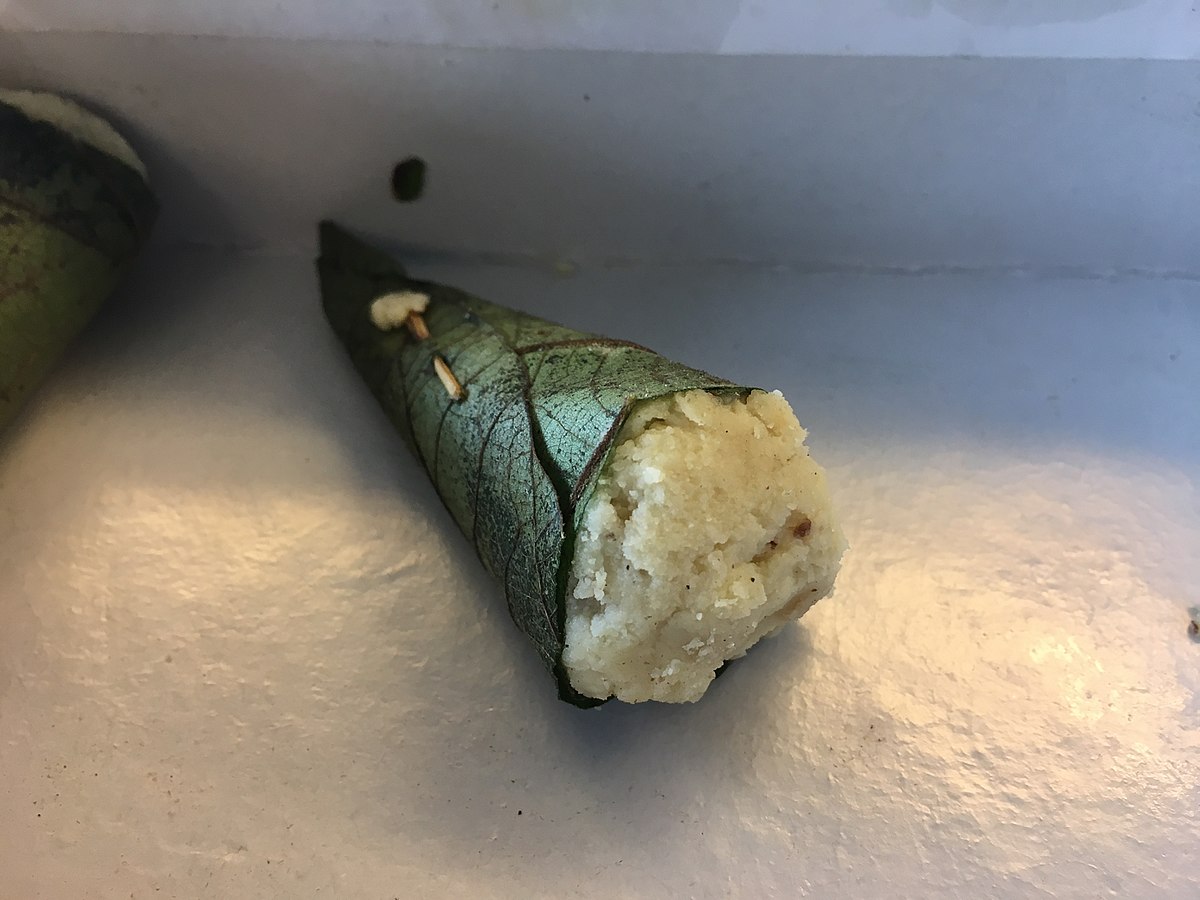



 Recognizing the ongoing need to position itself for the digital future, Indian Culture is an initiative by the Ministry of Culture. A platform that hosts data of cultural relevance from various repositories and institutions all over India.
Recognizing the ongoing need to position itself for the digital future, Indian Culture is an initiative by the Ministry of Culture. A platform that hosts data of cultural relevance from various repositories and institutions all over India.